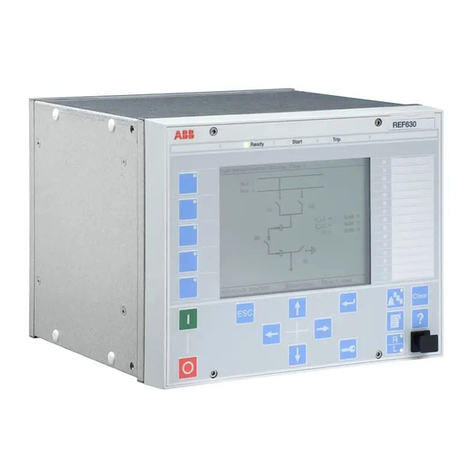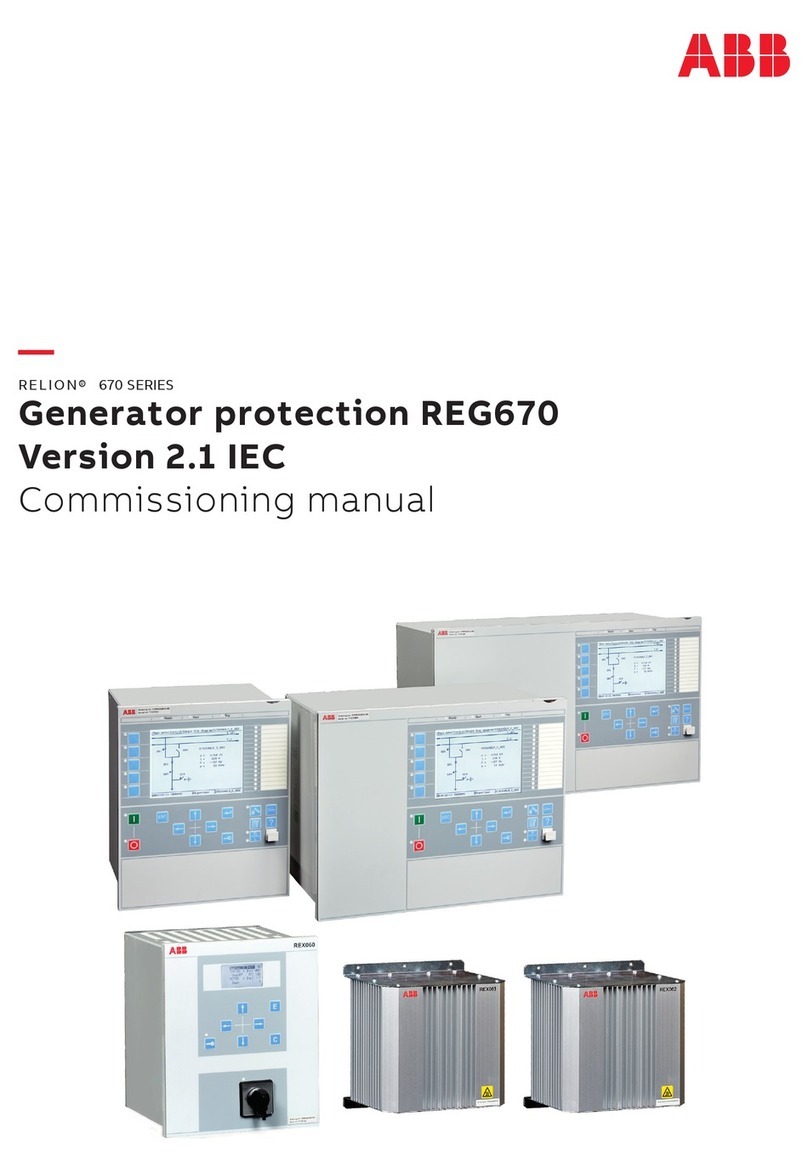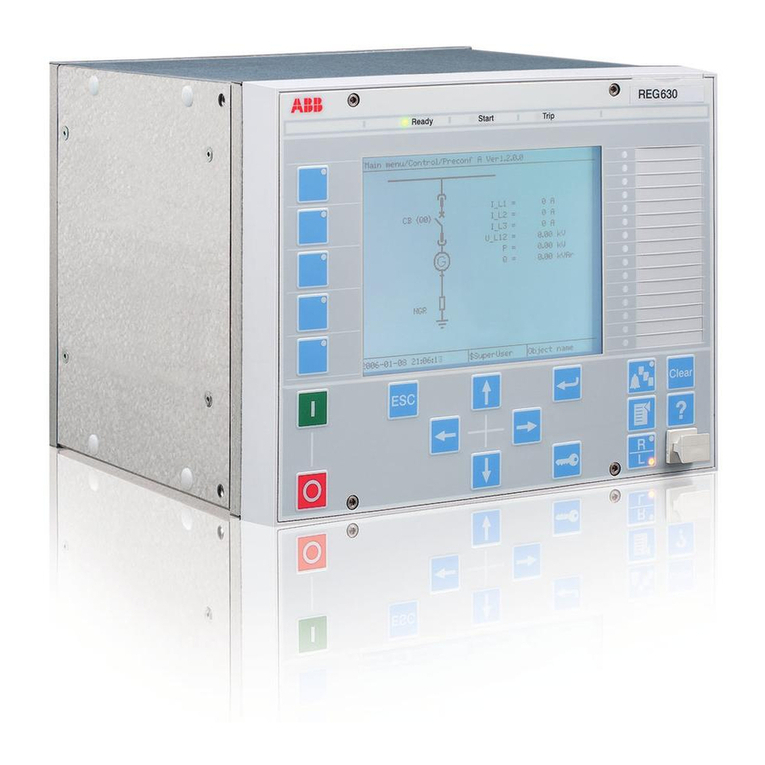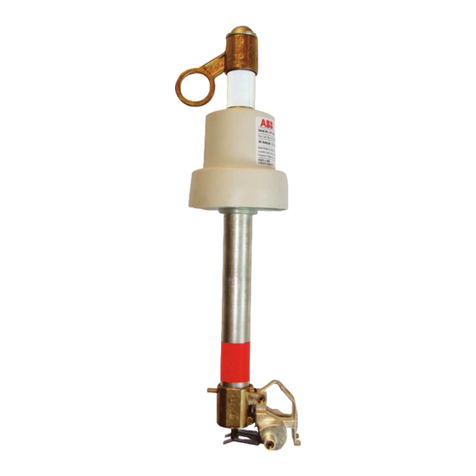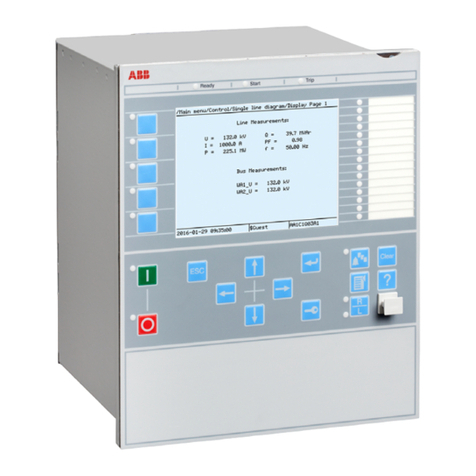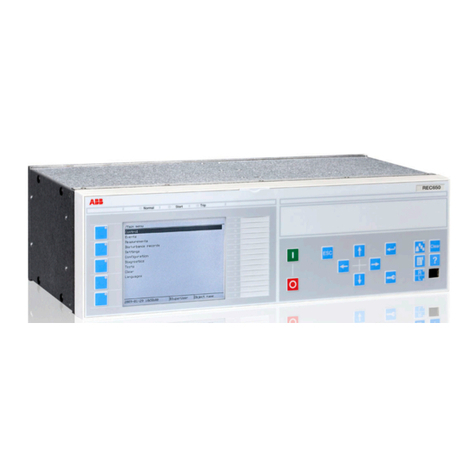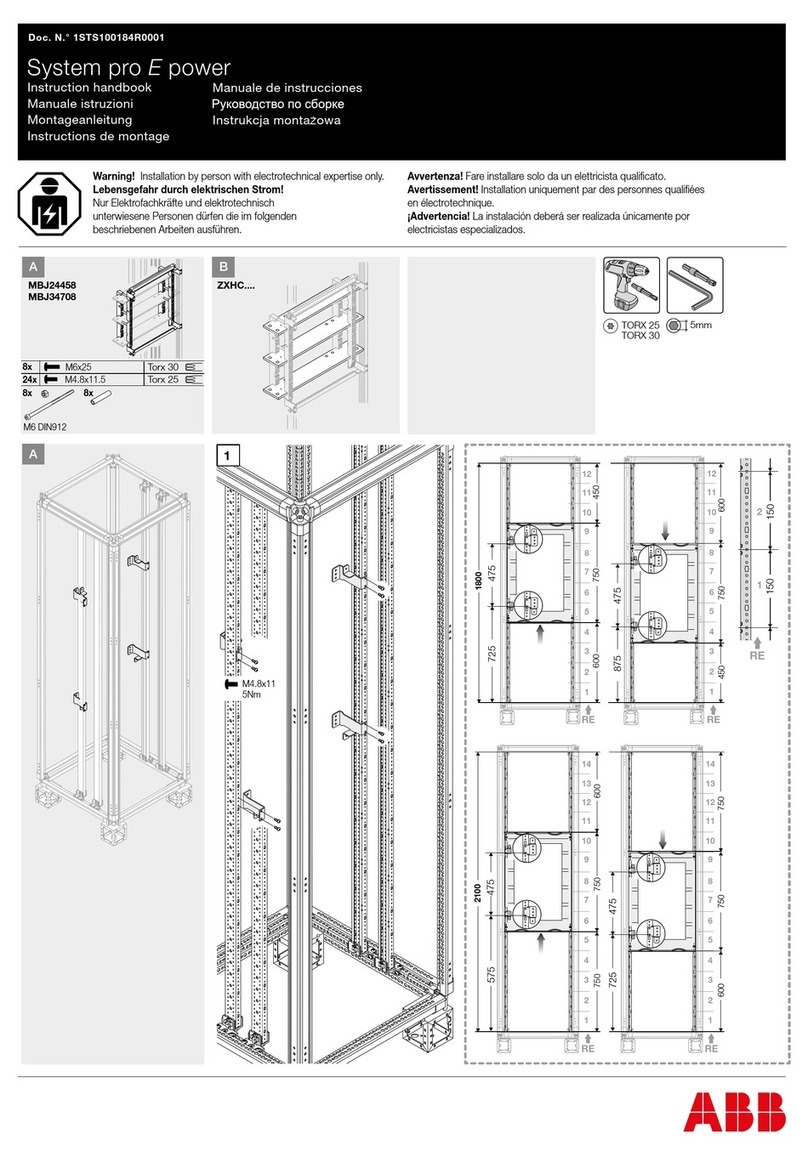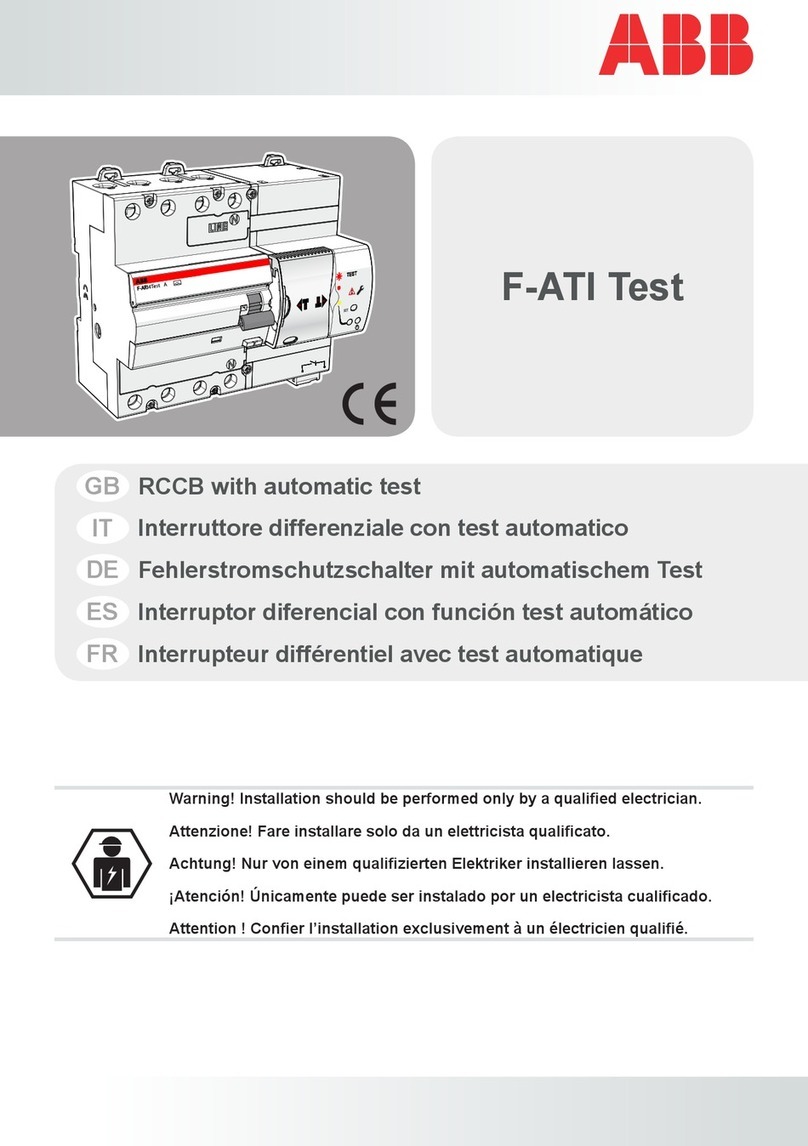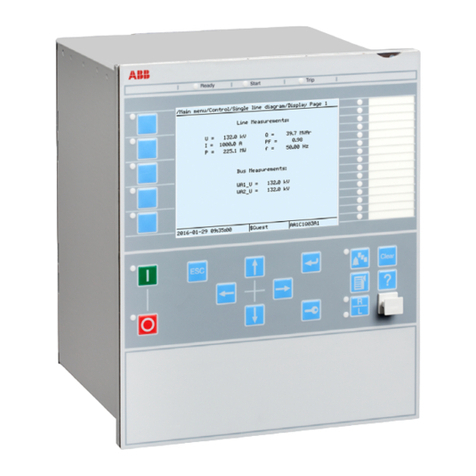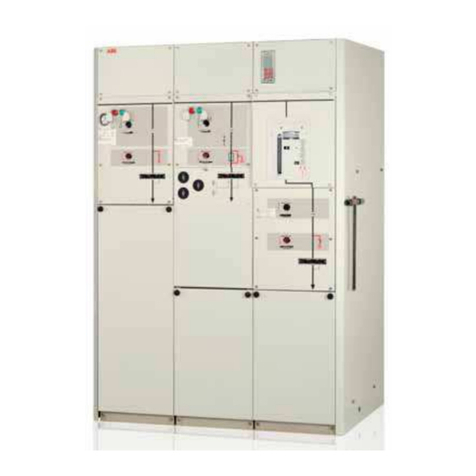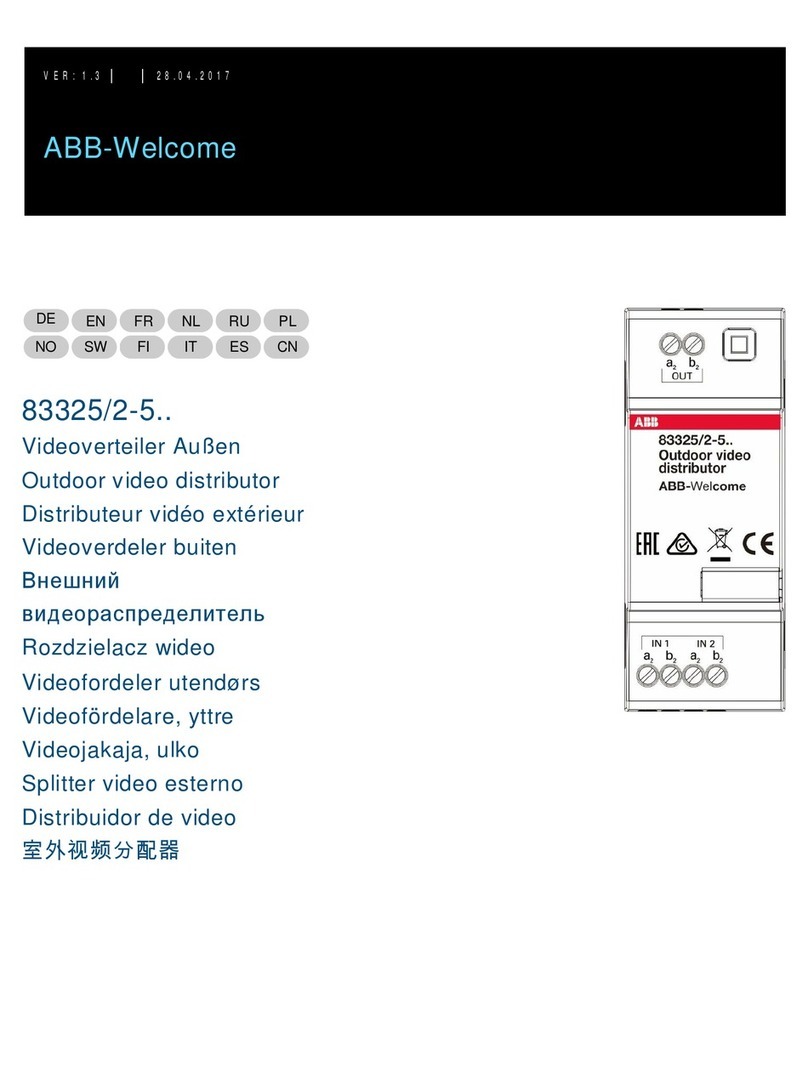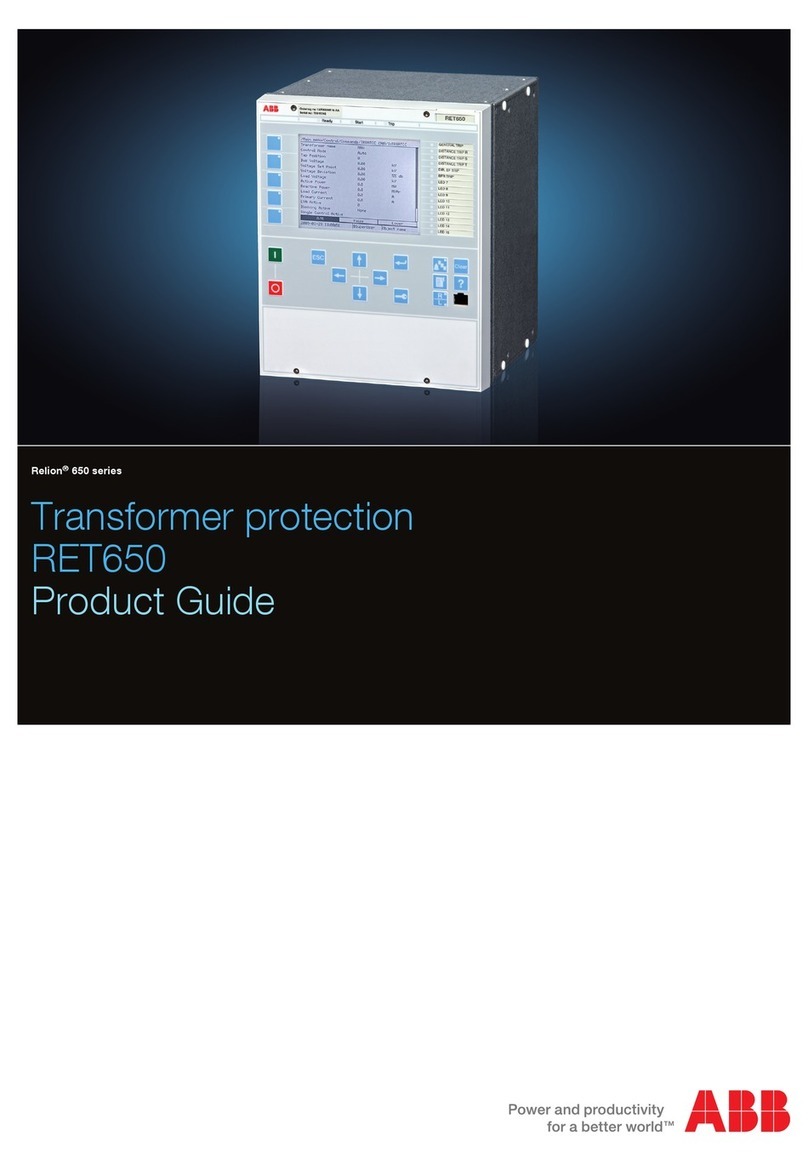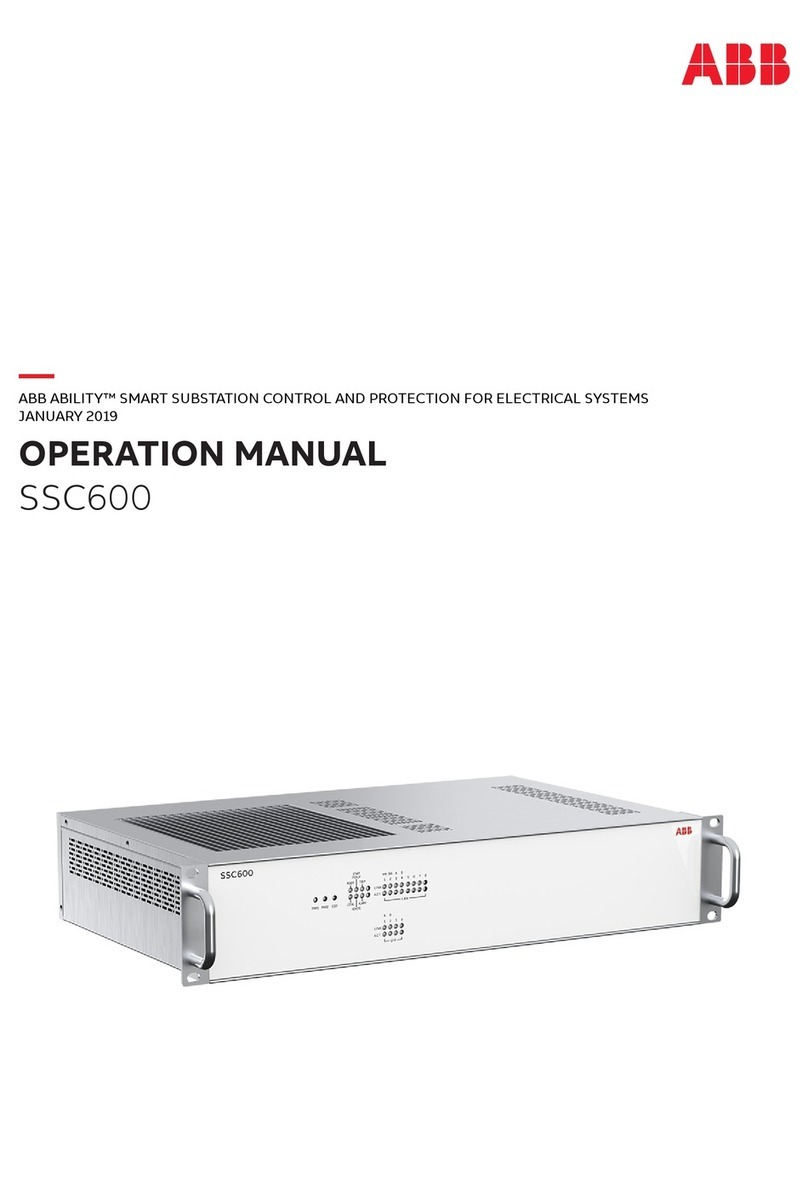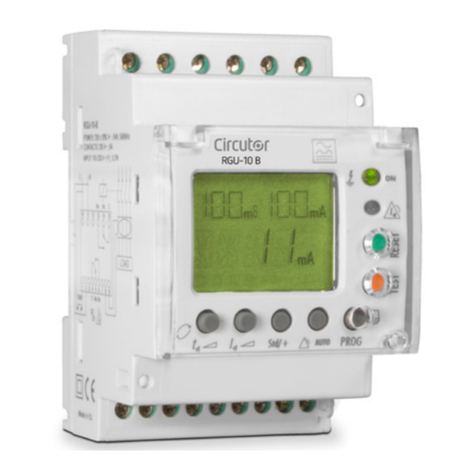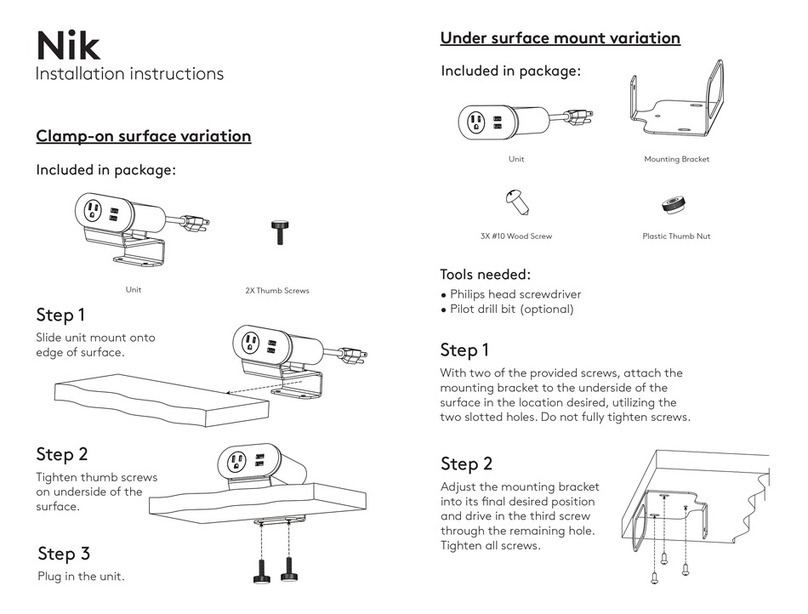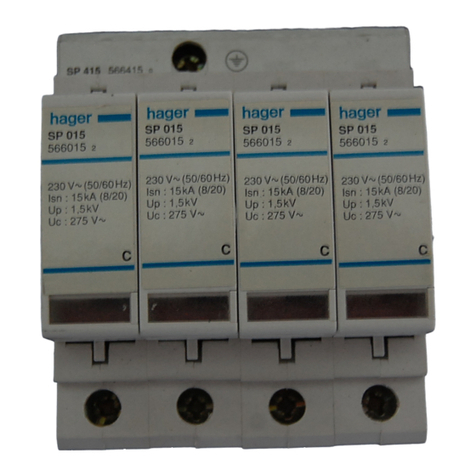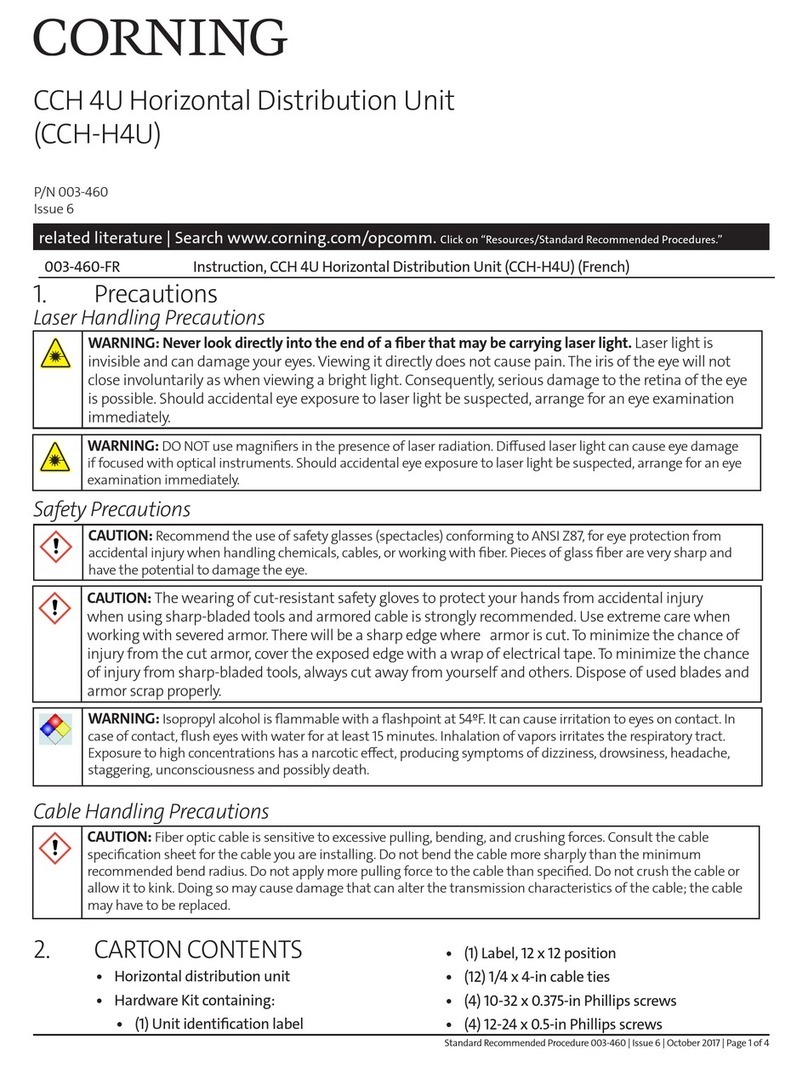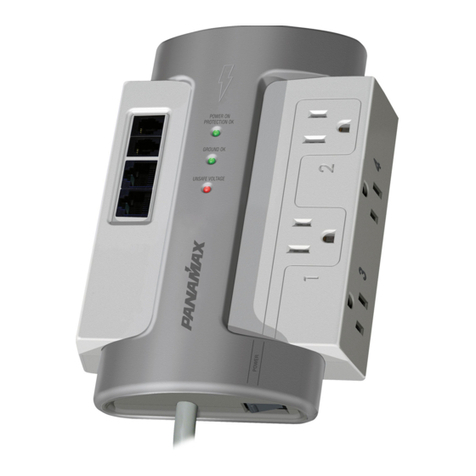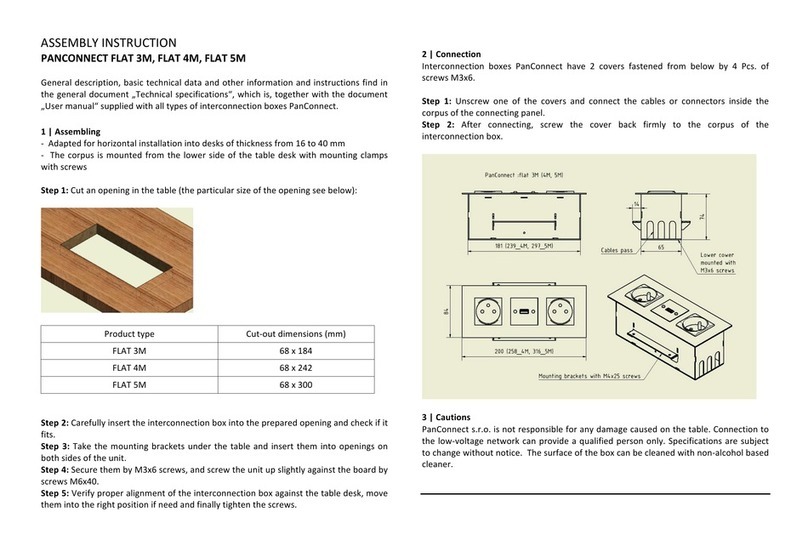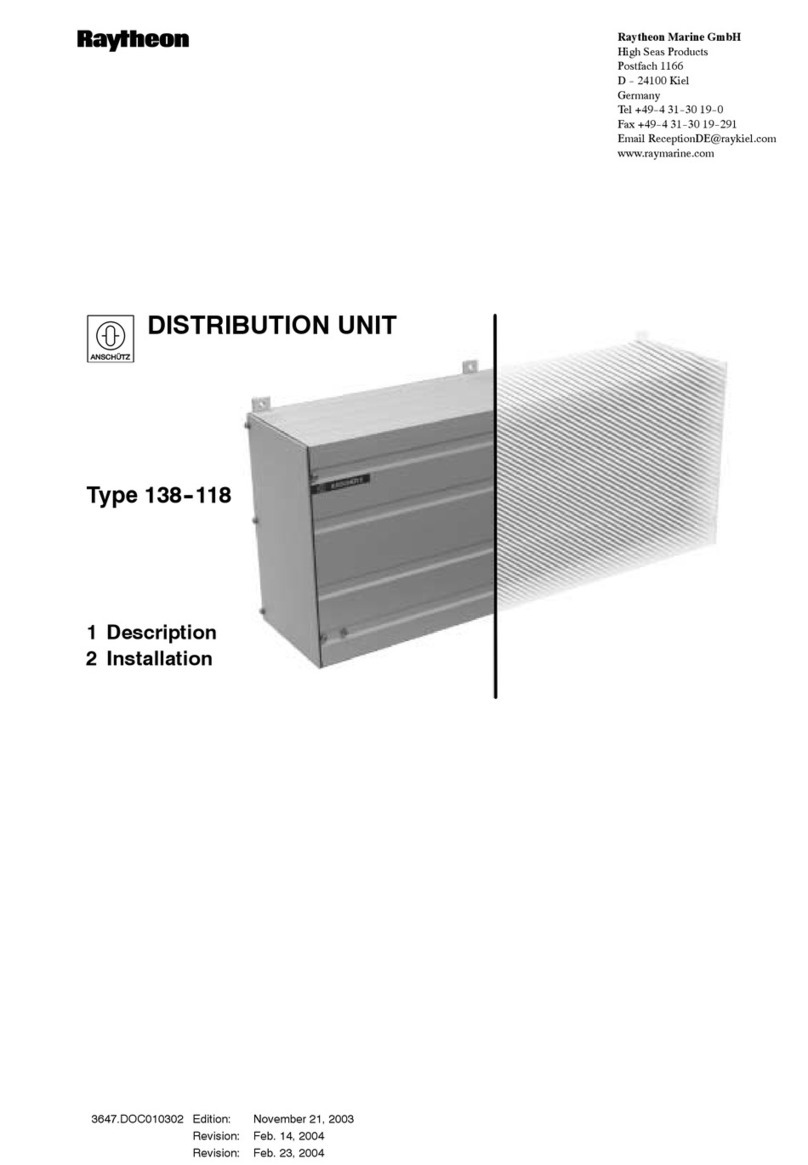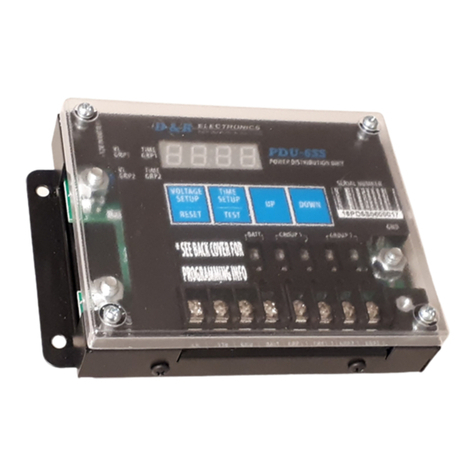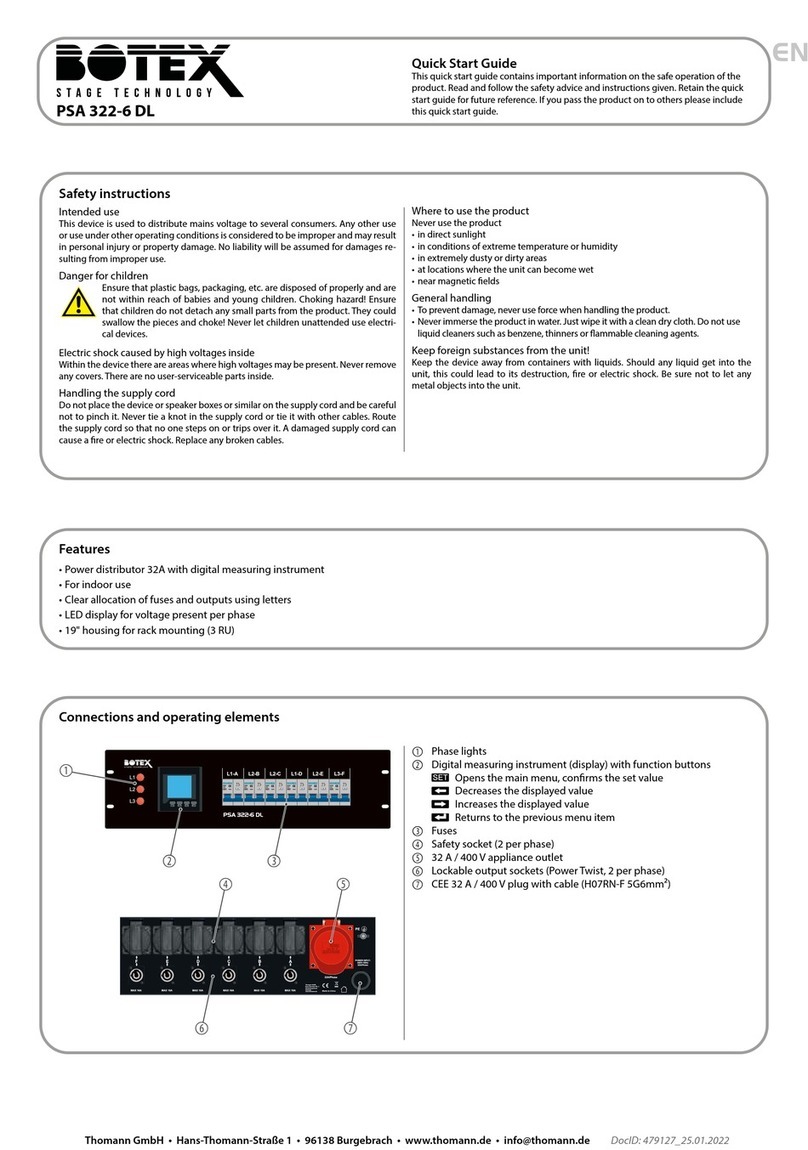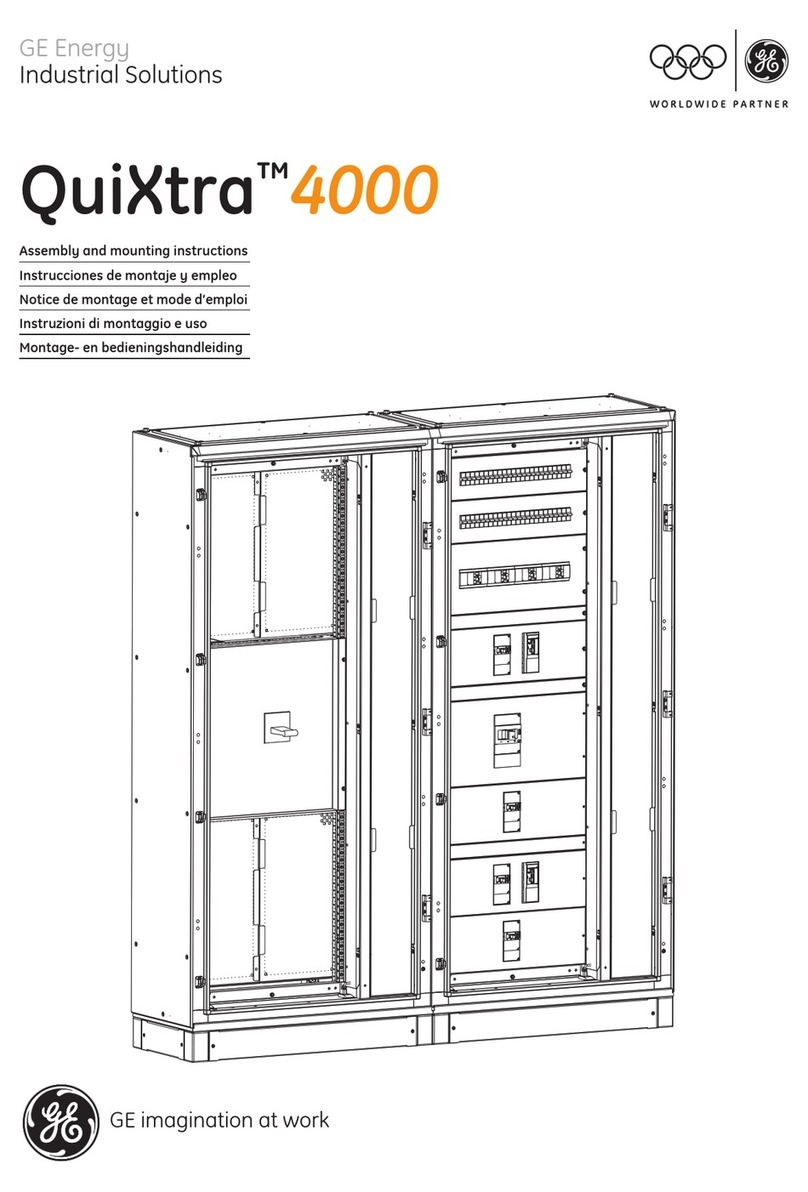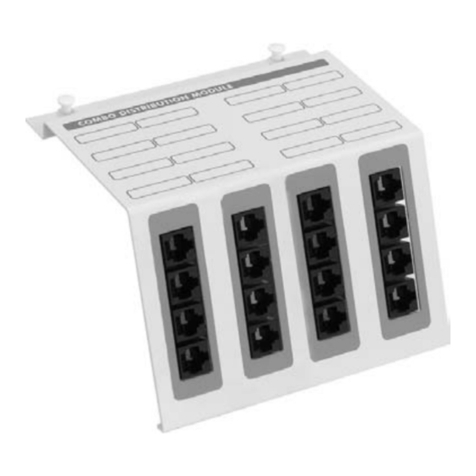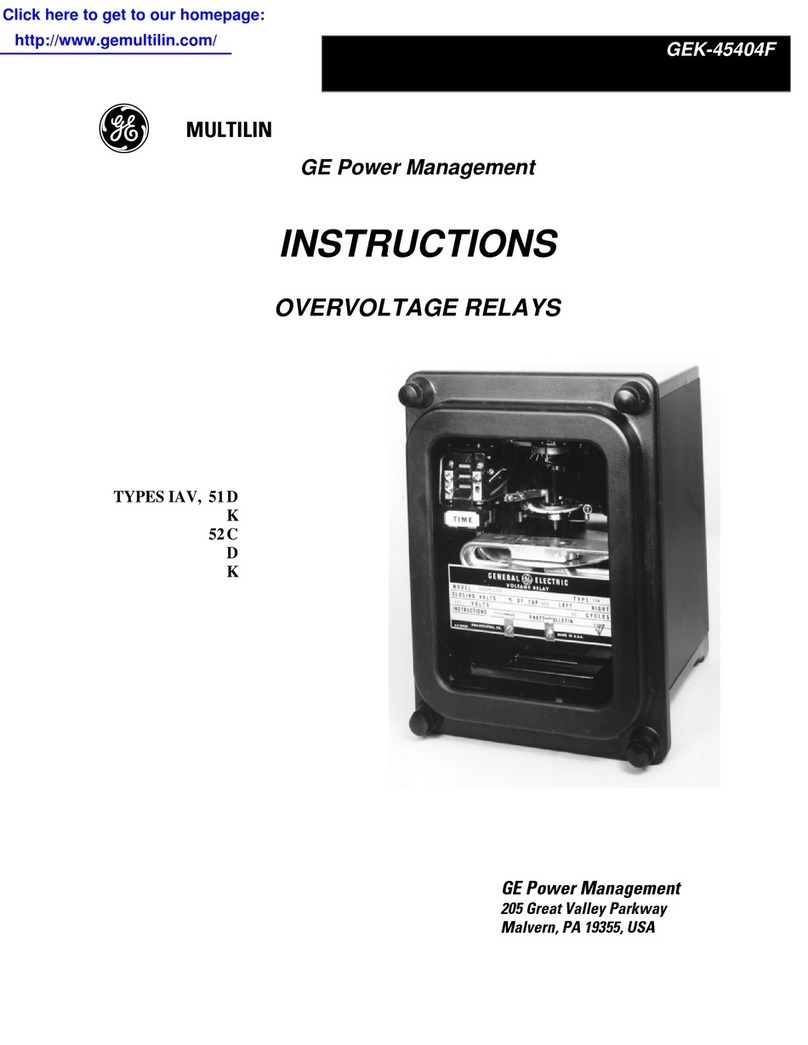
8MNS-Up Service Manual
The highest danger to human life and property is in cases of an electrical arc. An electrical arc is a dangerous release of energy
created by an electrical fault or short circuit. It contains thermal energy, pressure waves, acoustic energy and debris. The
intense energy and very short duration of an electric arc flash represents a very unique event. The temperature of an electric arc
can reach up to 20,000 oC (35,000oF), or two to three times the surface temperature of the sun! Exposure to these extreme
temperatures both burns the skin directly and causes ignition of clothing, adding to burn injuries.
An electrical arc flash describes an explosive electrical event that presents an extremely significant hazard to people and
property. It is of vital importance to use suitable tools and instruments, and personal protection equipment for commissioning,
inspection, or any kind of maintenance work on electrical systems.
2.2 Basic precautions to observe
– THINK – The greatest safety asset is an alert, focused mind.
– Maintain strict discipline regarding safety procedures.
– Communicate clearly and ensure all communications are fully understood.
– Query all instructions that are unclear, not understood or that appear to be in breach of
safety re-quirements.
– Prove all circuits to be safe if they have been unattended for a period of time.
– Maintain safety clearance (air insulation) when working in the proximity of live conductors.
– Do not improvise. Use purpose-designed equipment and tools.
– Use the pre-start checklist prior to commencing any work.
2.3 Areas of work
Working on electrical systems may occur at different times and different conditions. Clearly understanding the conditions helps
to perceive and eliminate any risk. For low-voltage switchgear systems, the following work conditions are defined:
– Operation (operation of circuit breaker, main switch or push button while all doors and
compartments are closed – closed door condition)
– Visual inspection (open doors and compartments to perform any visual inspection, no parts
are touched and no physical work is performed on the electrical system - open door condition)
– Any other maintenance and work (e.g. modification, extensions, cable connection) on low
voltage elec-trical system (either open or closed door condition)
The procedure for performing switching operations is defined by the instruction EN50110-1 2012 “Operation of electrical
installations.”
2.4 Five safety rules
The DEAD circuit condition must be established prior to commencement of work and must be ensured at the place of work for
the duration of work in compliance with the five safety rules (EN50110-1 2012 ch 6.2):
– Disconnect completely
– Secure against re-connection
– Verify that the installation is dead
– Carry out earthing and short-circuiting (Note 1)
– Provide protection against adjacent live parts
Safety requirements for working on
electrical systems 02



